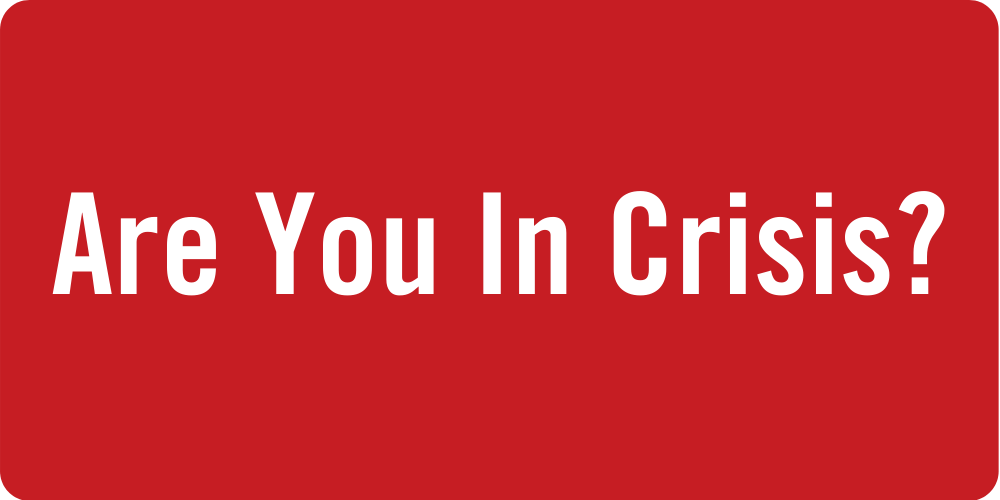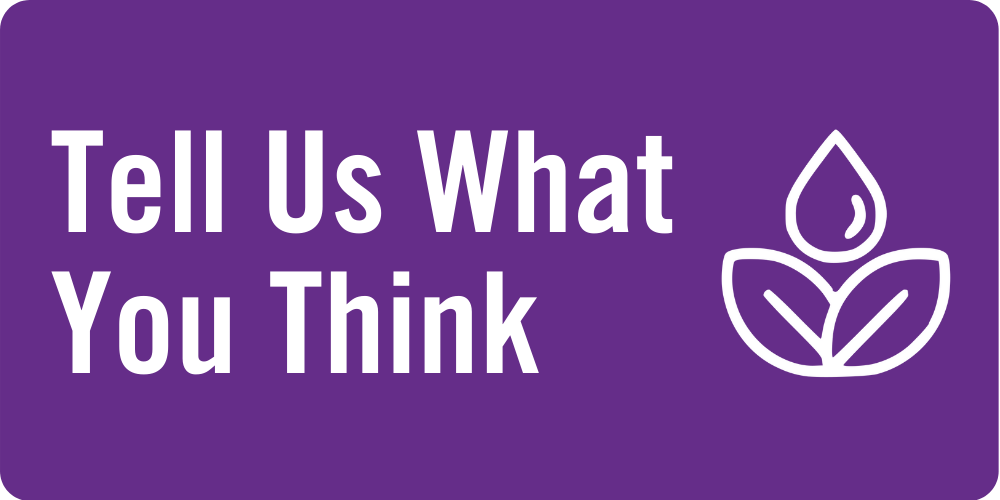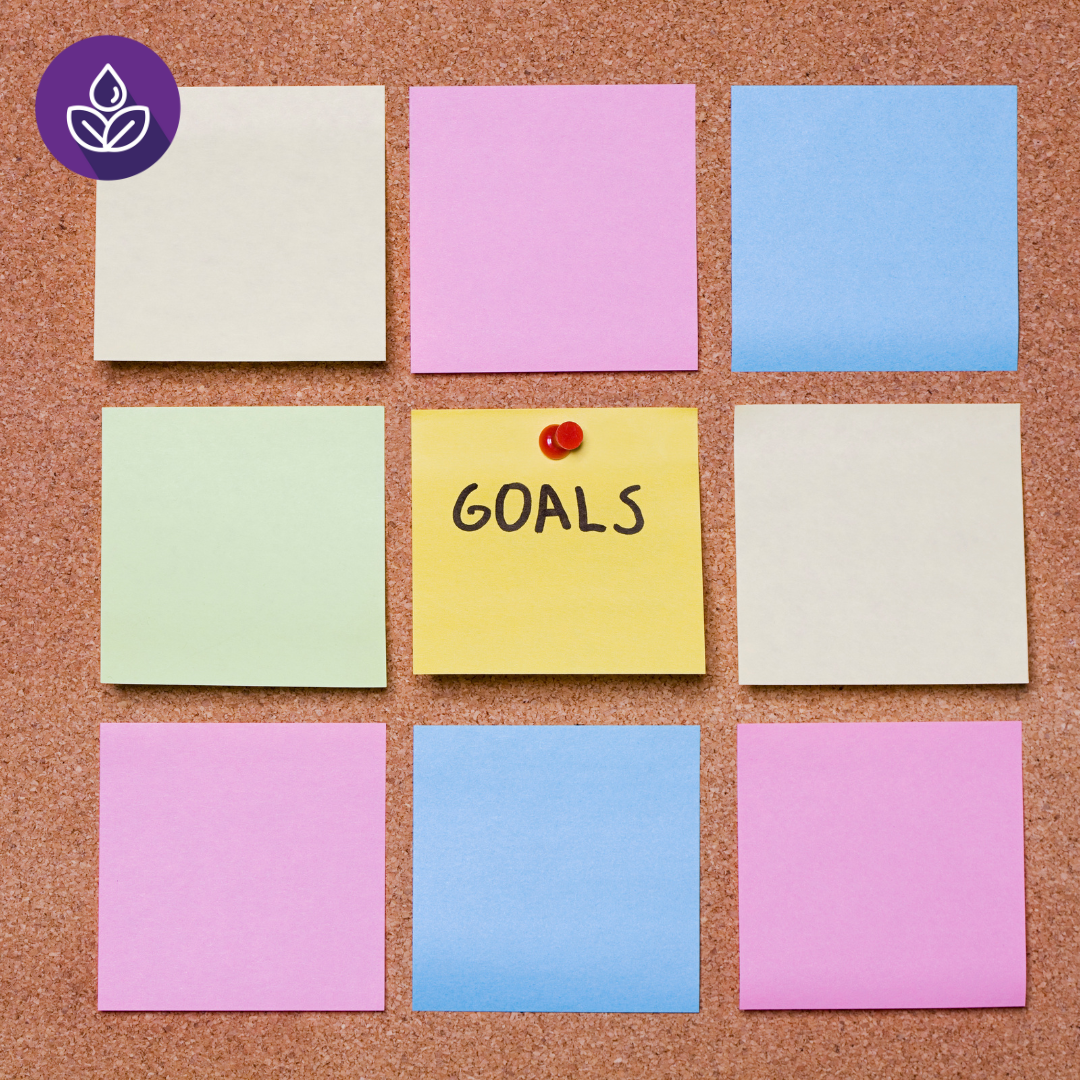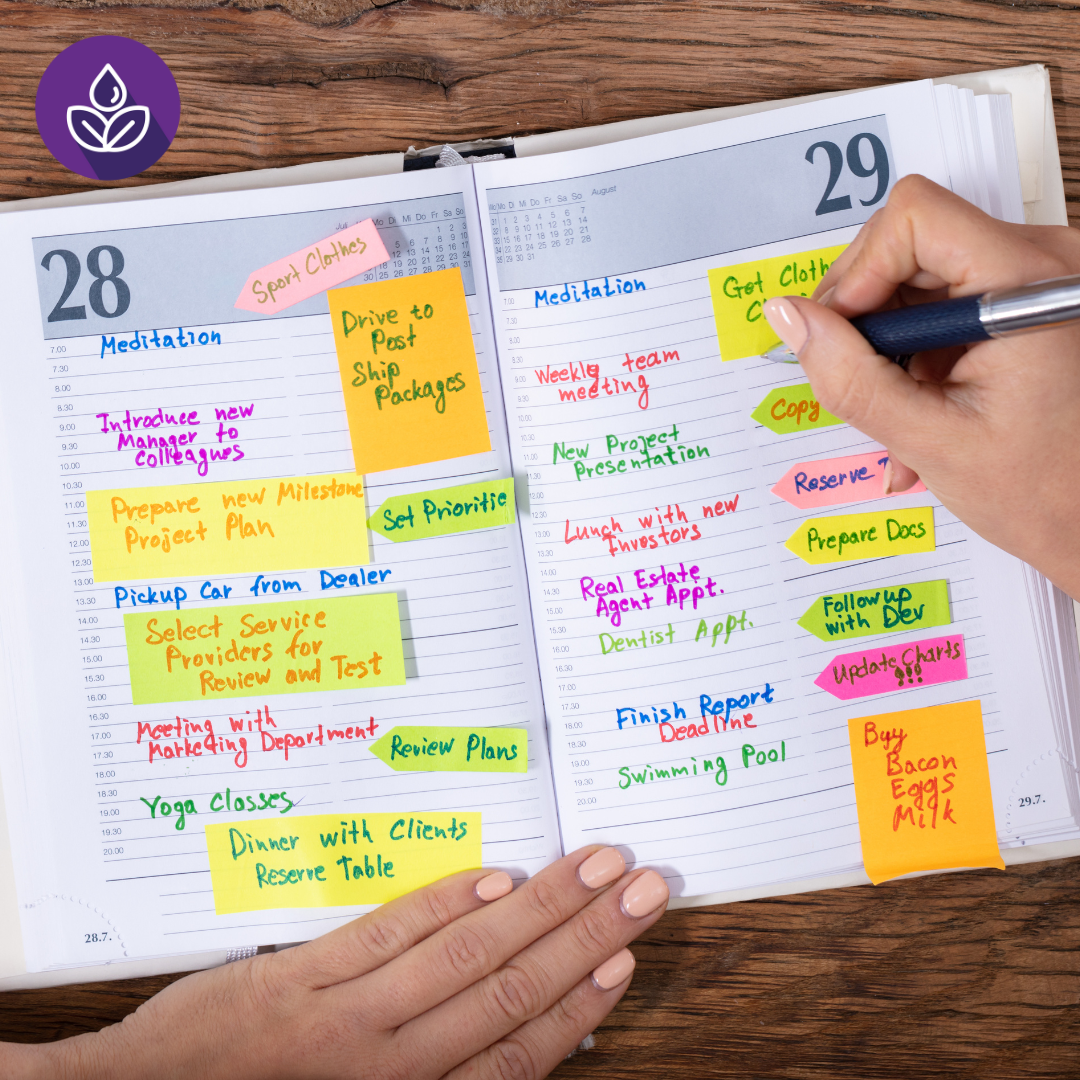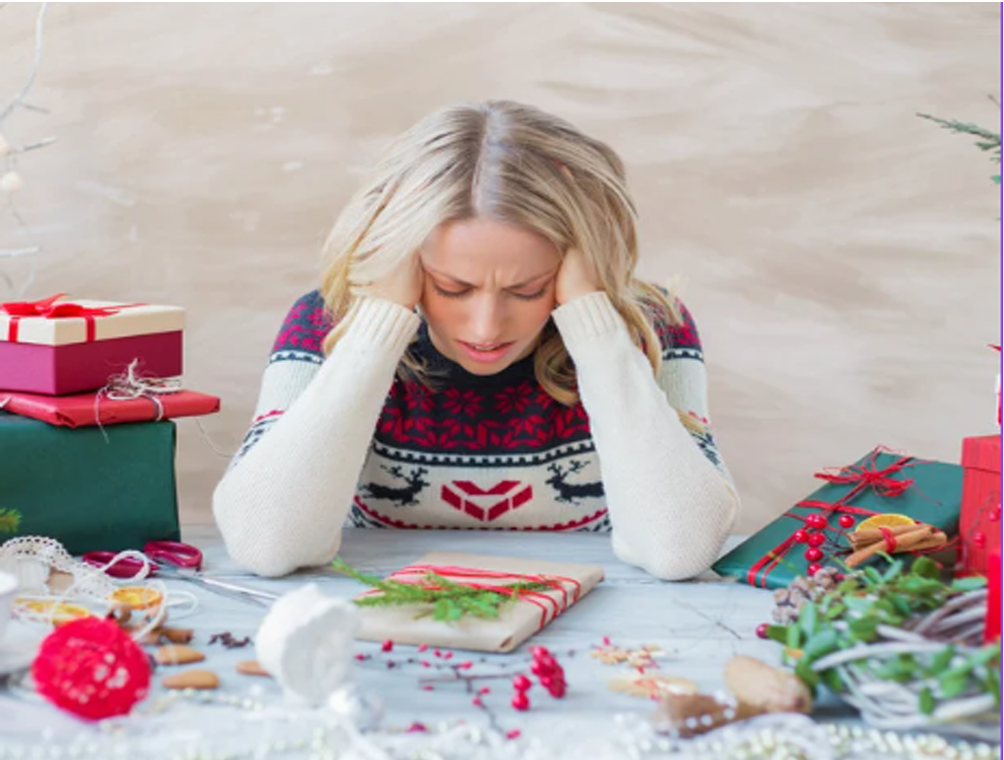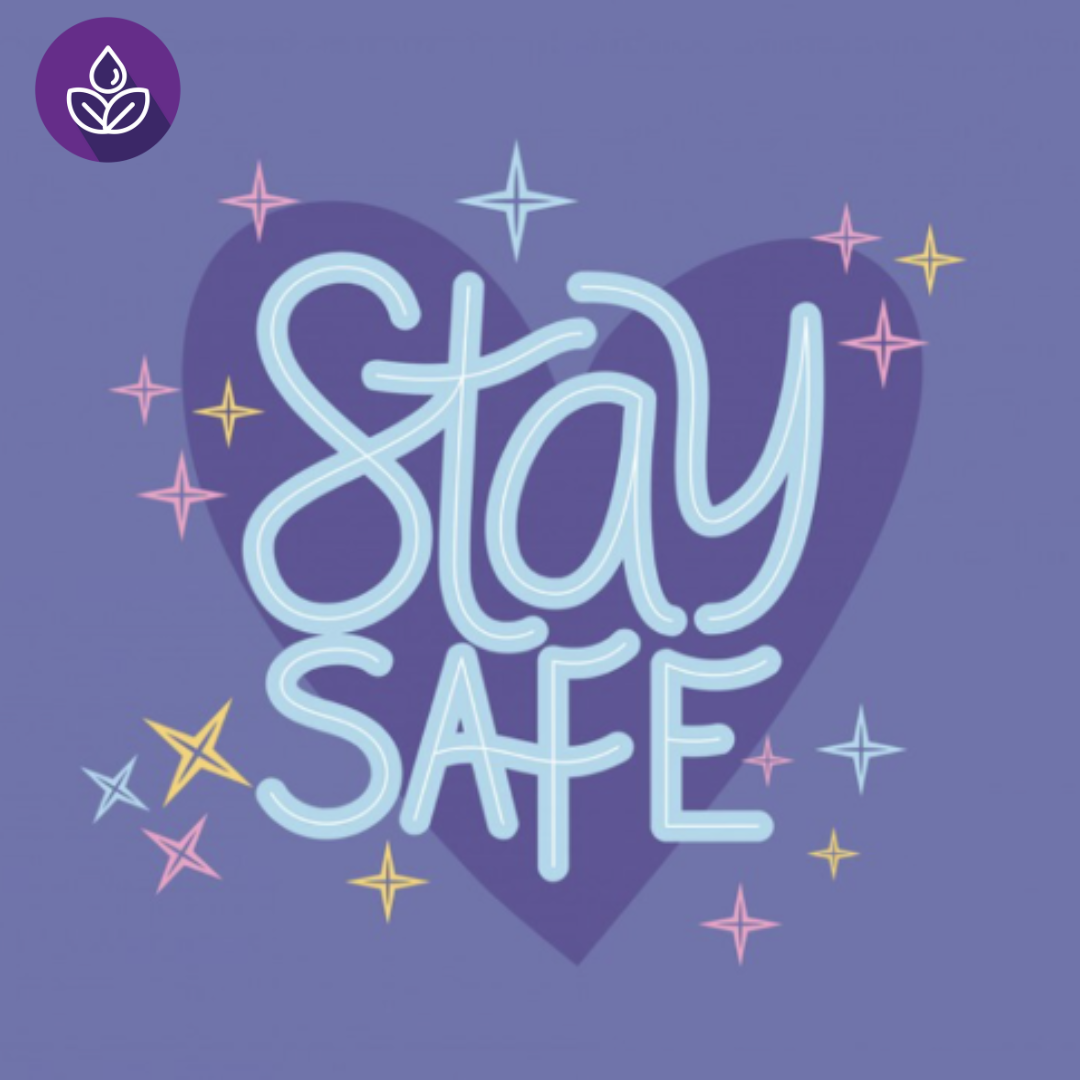Managing Stress and Anxiety: Tips for Everyday Life
Stress and anxiety are something we all experience at different points in our lives. Whether you’re meeting someone for the first time, starting a new project, or adjusting to a big change, it’s normal to feel a bit on edge. But when these feelings become constant, they can affect your daily life. Understanding how stress and anxiety work and how to manage them can help you feel more in control.
Understanding Stress vs. Anxiety
Stress usually comes from an external source, like a looming deadline, a tough exam, or a disagreement with a friend. It tends to fade once the situation is resolved.
Anxiety, on the other hand, can feel constant, even in situations that aren’t actually threatening. It often shows up as persistent worry, tension, or a sense of dread that makes daily life more challenging.
Recognize Your Triggers
A great first step in managing stress is identifying what sets it off. Is it social pressure, lack of sleep, or a busy schedule? Once you know your triggers, you can take steps to minimize them or respond more effectively.
Practical Tips for Managing Stress
Develop a Gratitude Practice
Focusing on what’s going well in your life can help put challenges in perspective. Try writing down three things you’re grateful for each day.
Create Predictability
Feeling out of control often increases stress. Build a routine with small, manageable steps to tackle problems. Focus on what you can control rather than what you can’t.
Build Your Support System
Having someone to talk to during tough times can make a huge difference. Reach out to friends, family, or campus support services when you need help.
Manage Acute Stress
Try techniques like deep breathing, positive self-talk, or mental rehearsal—visualizing yourself handling a challenging situation successfully. These strategies can help your body and mind return to calm.
Embrace Positive Stress and Resilience
Not all stress is bad. “Eustress” is the type of stress that motivates and excites you, like preparing for a performance or working toward a personal goal.
Building resilience, the ability to adapt in the face of challenges, can help you bounce back stronger and more confident.
Mindfulness and Flow
Mindfulness practices, such as meditation or immersive activities you enjoy, can reduce stress and anxiety.
Flow is a state where you’re completely absorbed in what you’re doing, losing track of time and self-consciousness. Achieving flow can improve focus, motivation, and overall well-being.
Seek Support When Needed
If stress or anxiety starts interfering with your daily life, don’t hesitate to reach out for help. Familiarizing yourself with available resources can make a big difference.
Bottom Line
Stress and anxiety are part of life, but they don’t have to control you. By identifying triggers, practicing mindfulness, and building strong support systems, you can manage stress effectively and build resilience for the future.
Small steps every day can make a big difference.
Need Support on Campus?
If you want to seek professional support, visit Lakehead University Student Health & Wellness for more information on the supports available on campus and to book an appointment.
Reem Alfarwan, Peer Wellness Educator Lead


